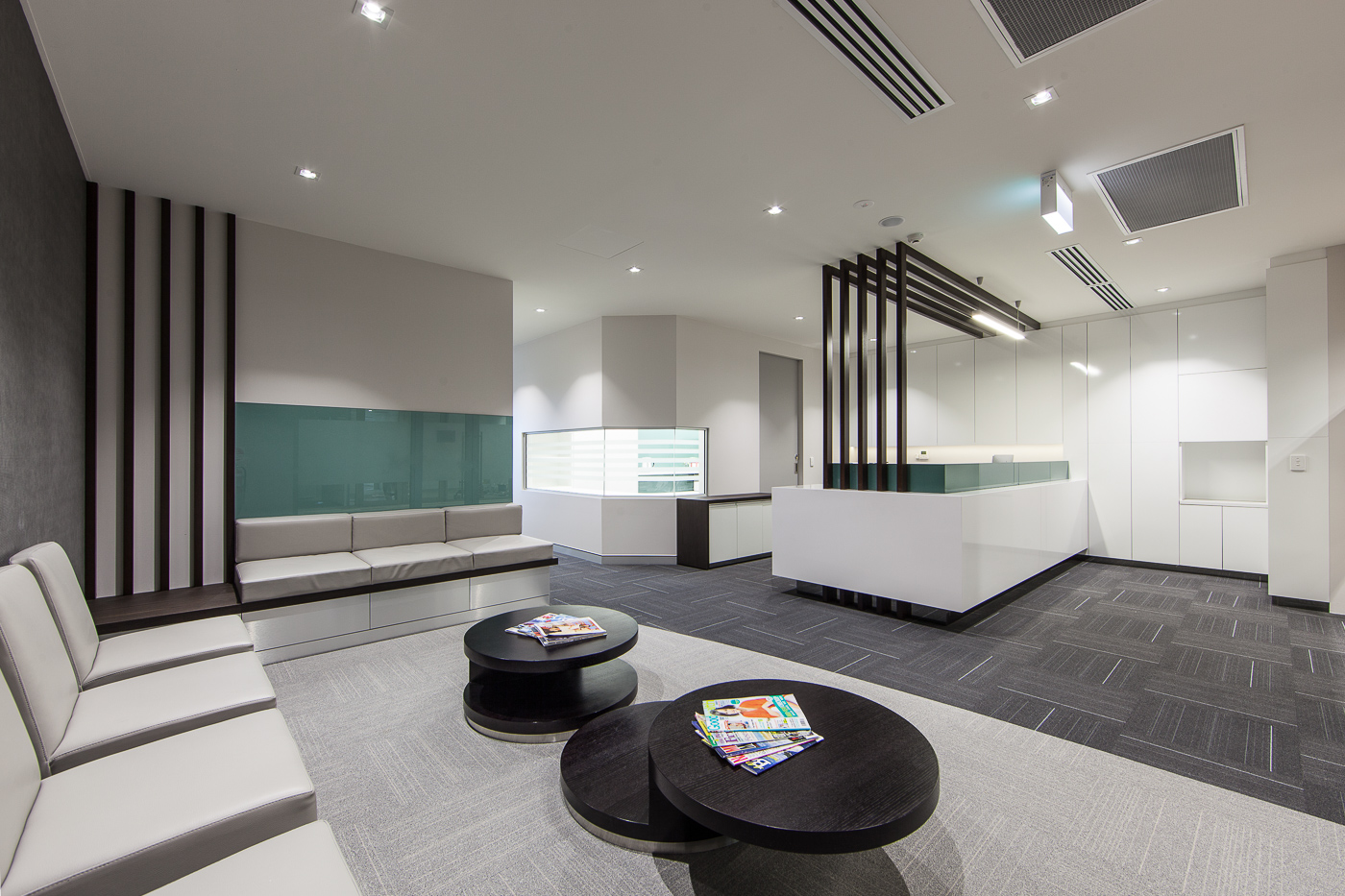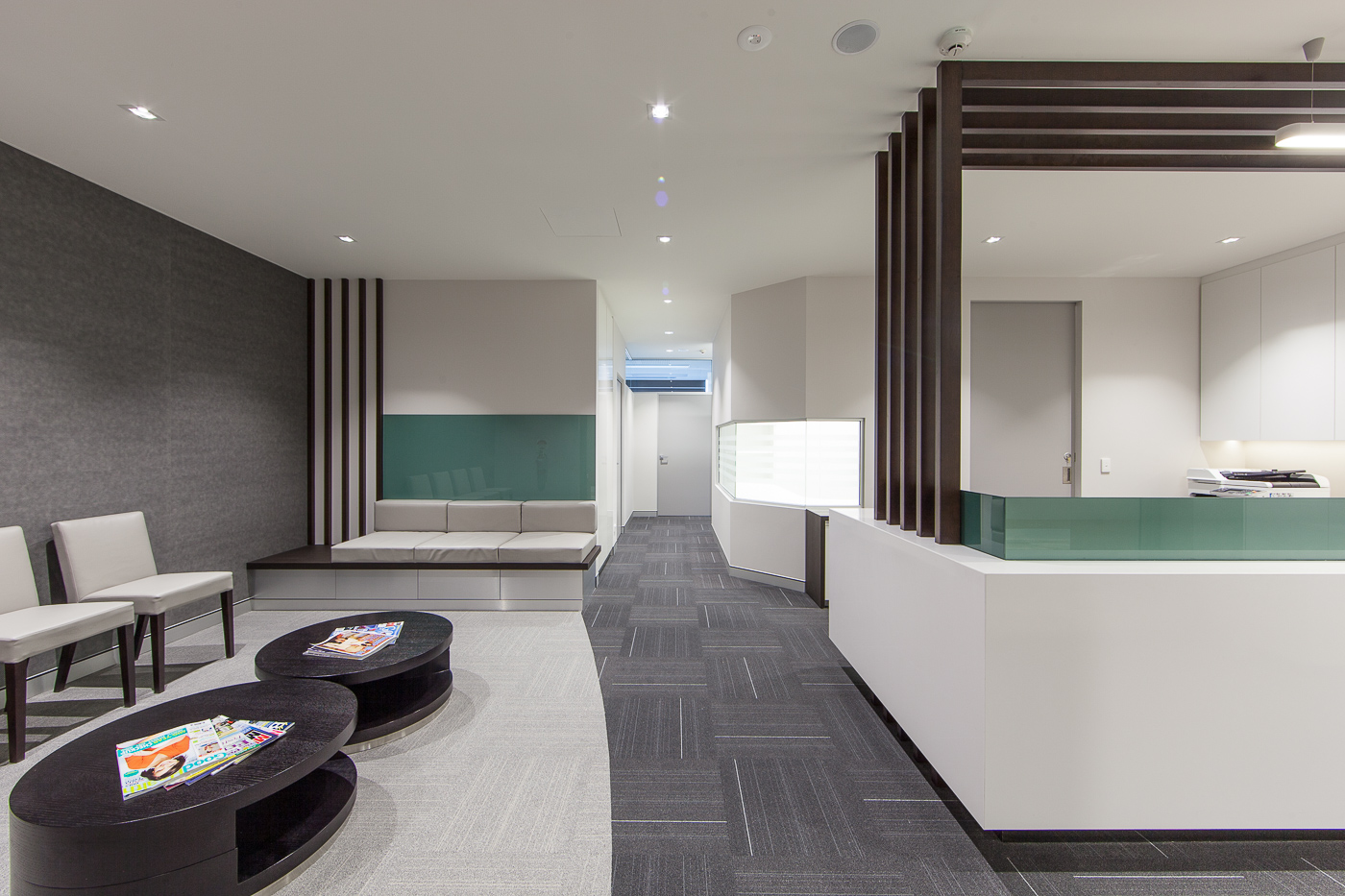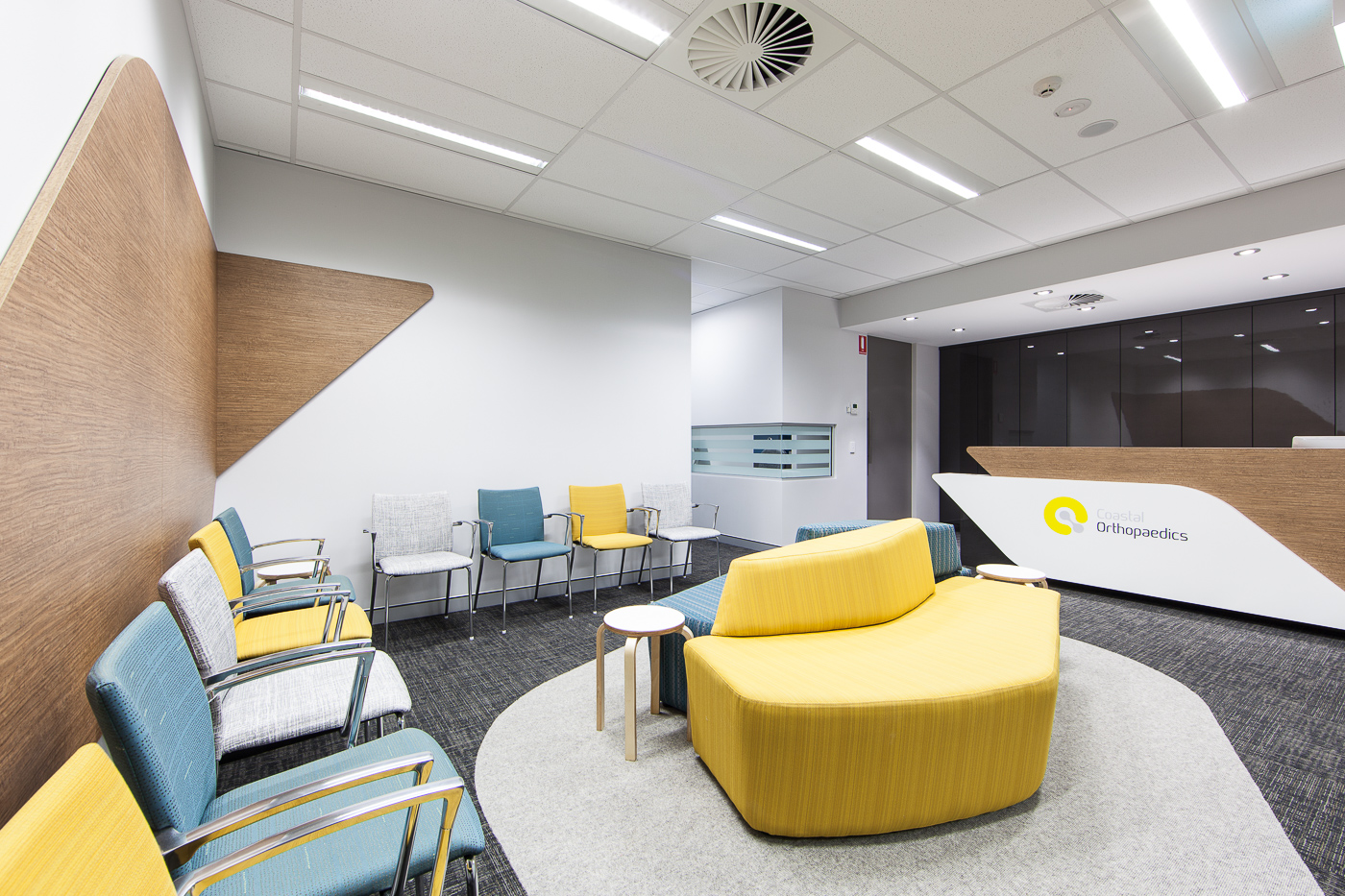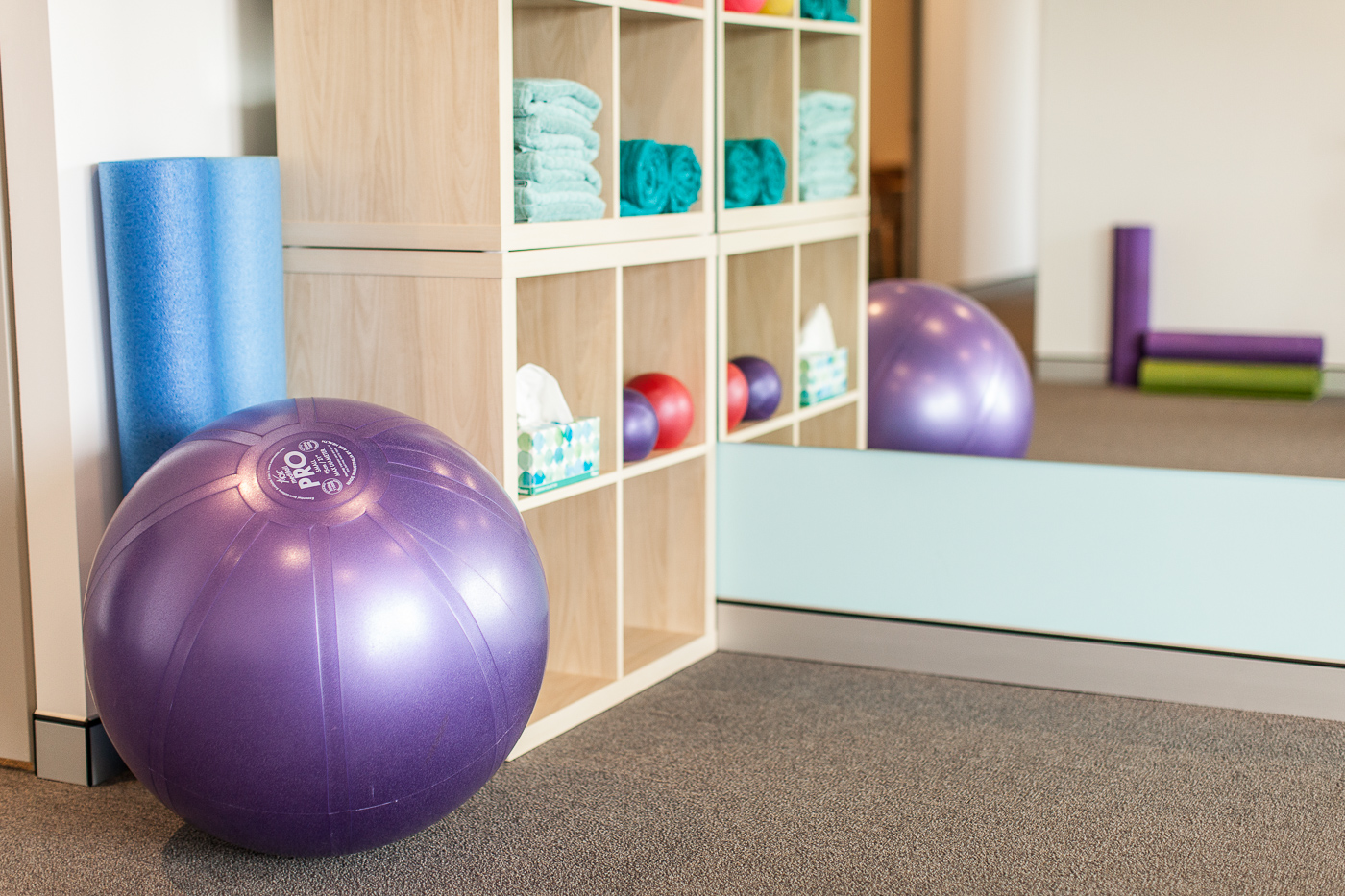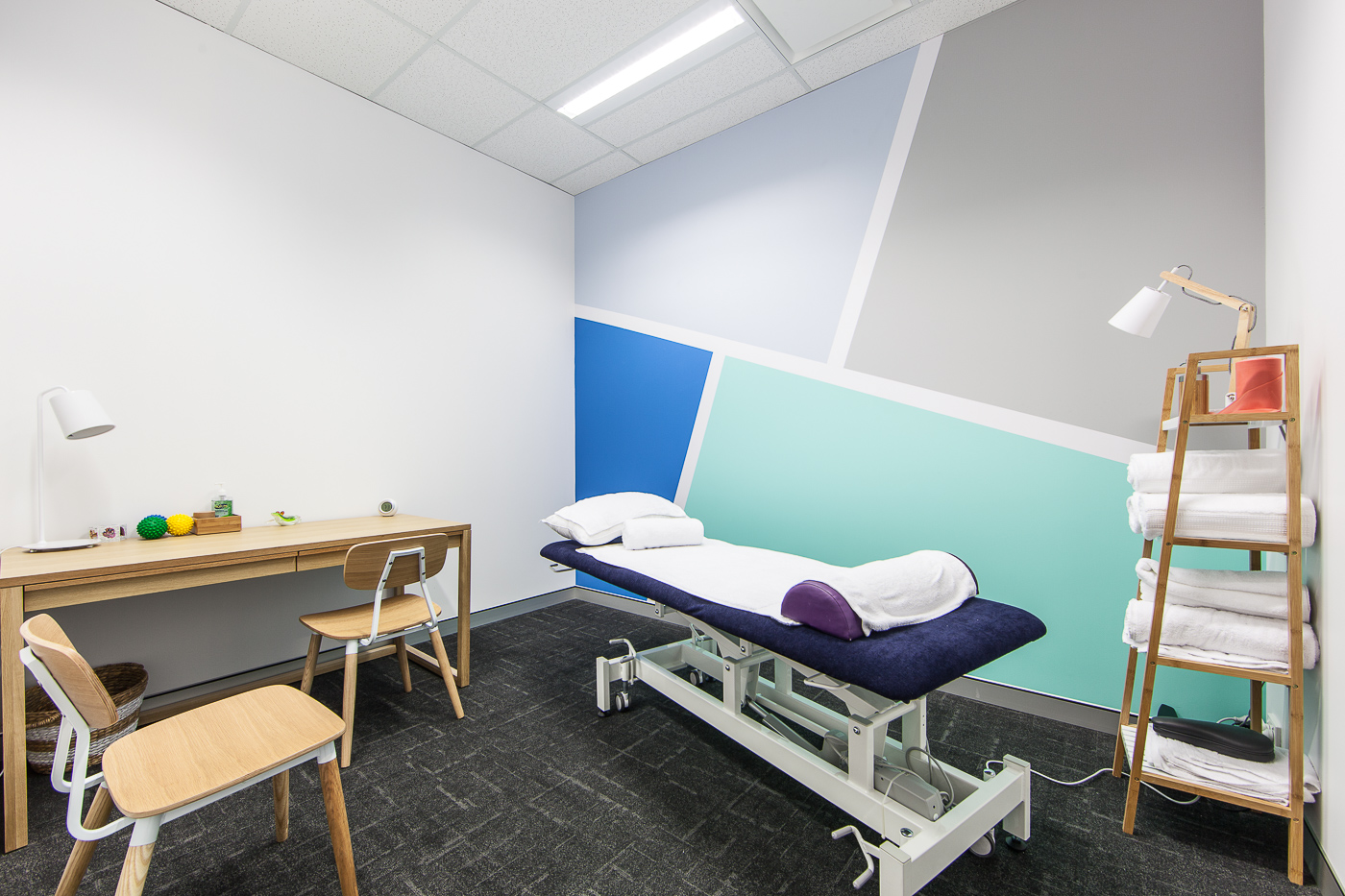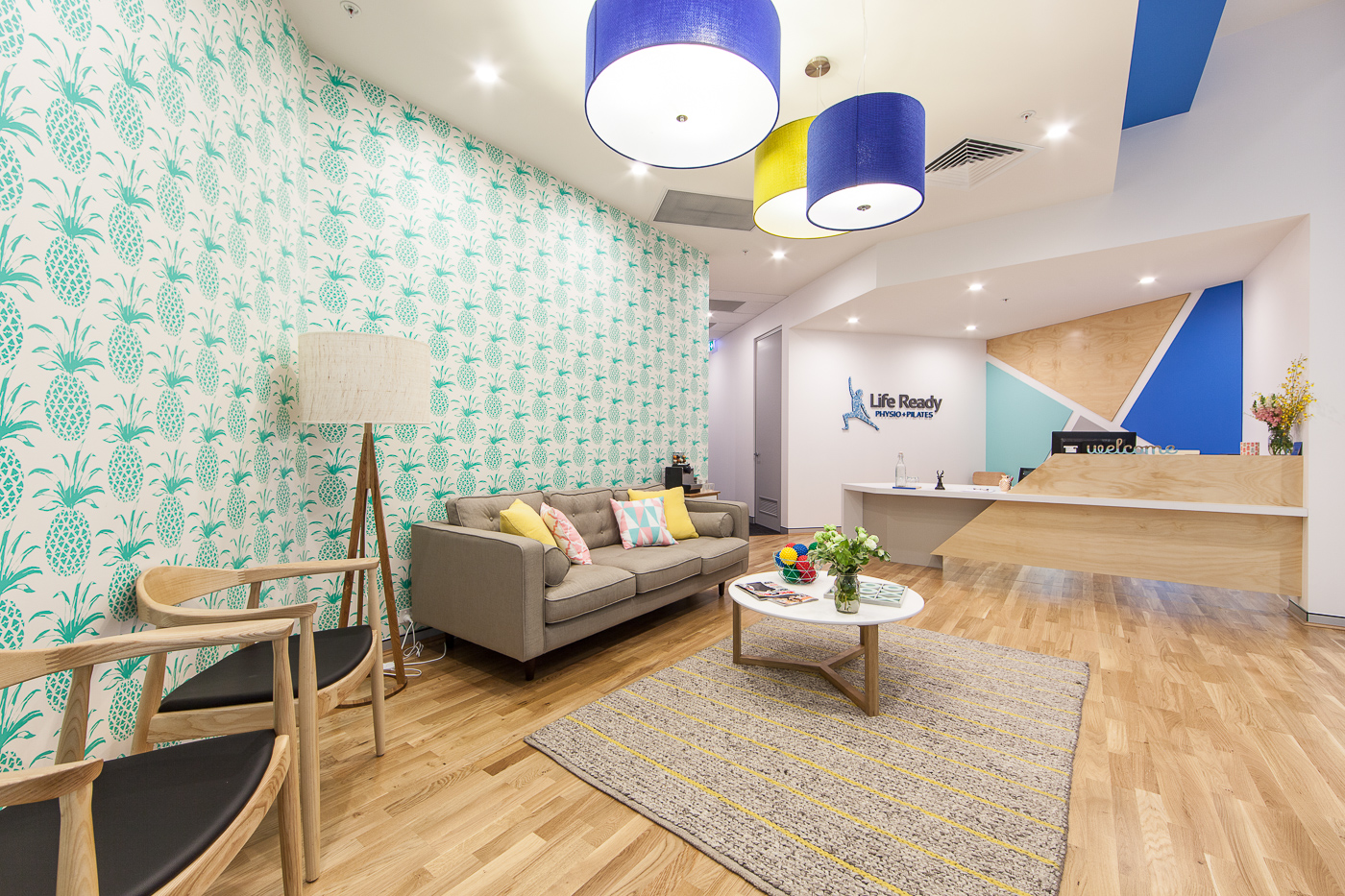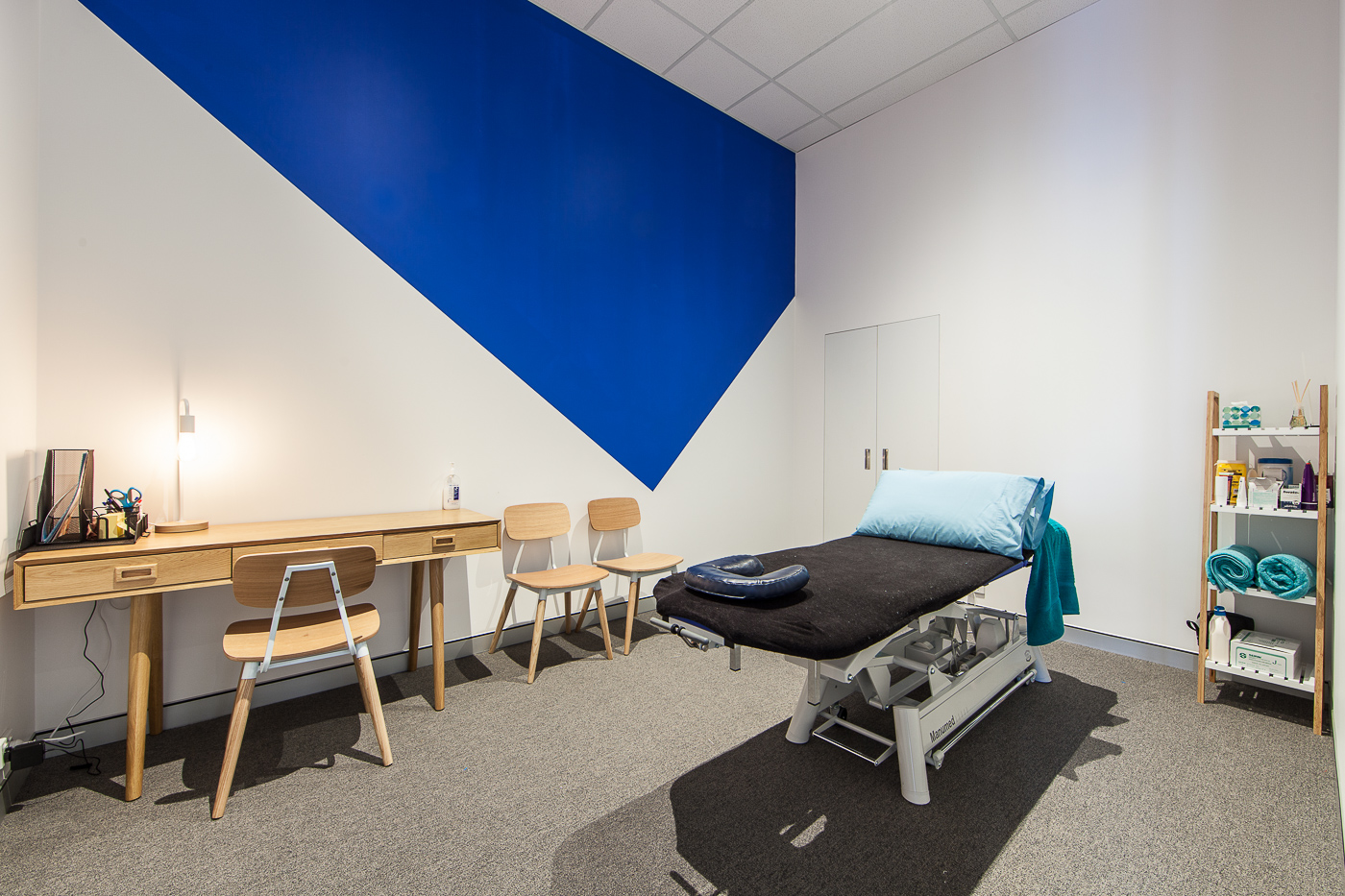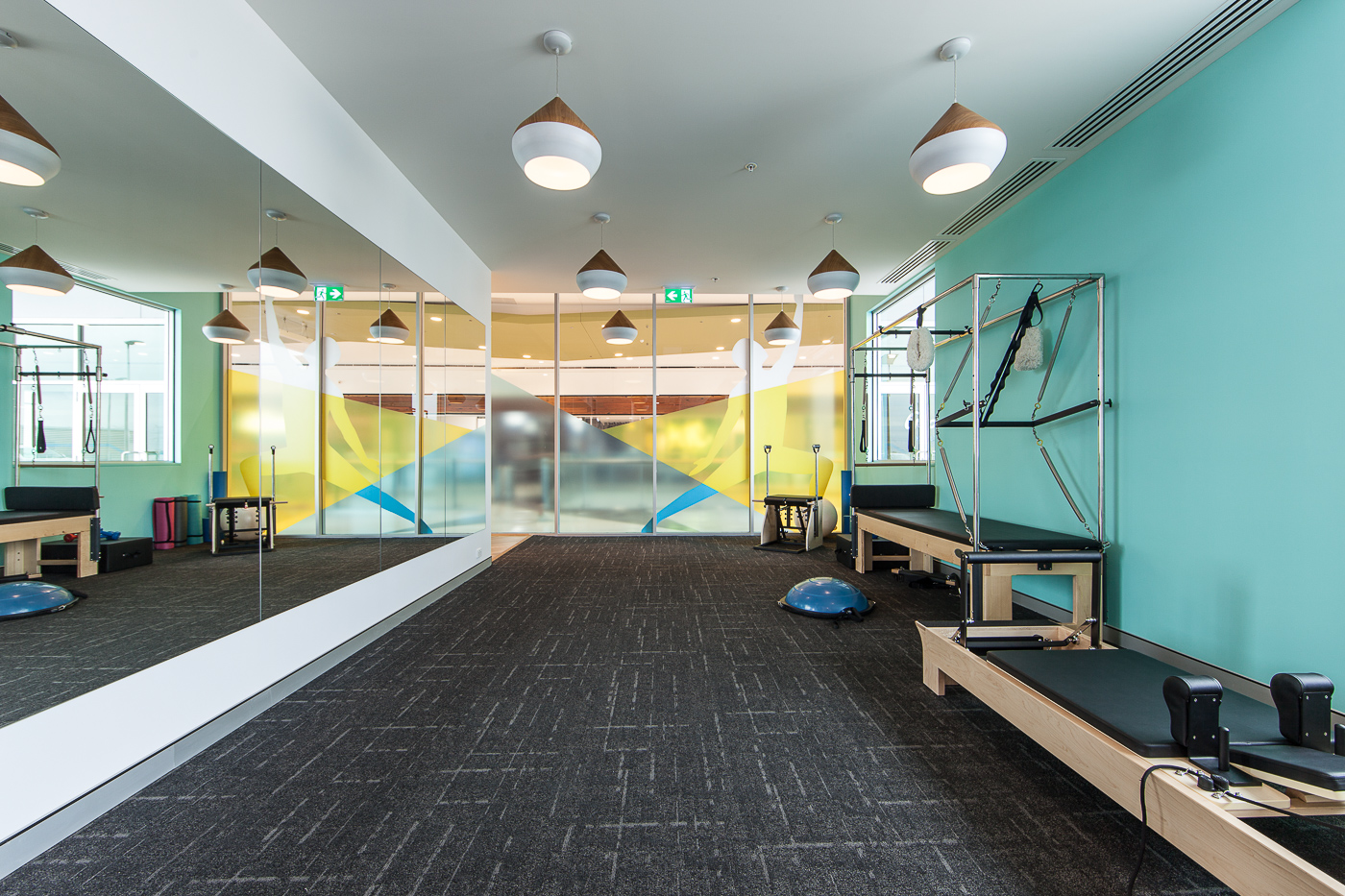The design of a healthcare center plays a pivotal role in optimising patient care and staff efficiency through various means:
-
Patient-Centric Layout: The design should prioritise a patient's journey from the moment they enter the healthcare facility. A clear and intuitive layout can reduce stress for patients and visitors, leading to a better healthcare experience. This involves strategic placement of the reception area, waiting rooms, treatment rooms, and other patient facilities to minimise travel distances and wait times.
-
Efficient Workspaces: For staff efficiency, the design must include well-organised workstations, with easy access to patient areas, equipment, and shared resources. This reduces the time staff spend moving around, allowing for more direct patient care.
-
Adaptability and Flexibility: Flexible spaces that can adapt to various needs, such as multifunctional rooms or adjustable office partitions, enable the healthcare center to respond to changing demands, like fluctuating patient volumes or different types of medical practices.
-
Technology Integration: Incorporating state-of-the-art technology and ensuring that the design supports future technological advancements can streamline many processes. This includes electronic health records, telehealth facilities, and advanced diagnostic equipment, all of which can enhance patient care and staff performance.
-
Privacy and Confidentiality: Design elements need to ensure patient privacy and confidentiality, which are crucial in healthcare settings. This can be achieved through soundproofing, private consultation rooms, and secure storage for patient records.
-
Safety and Accessibility: Compliance with safety and accessibility standards is essential. The design should accommodate people with disabilities, include non-slip floors, provide handrails where needed, and ensure that the environment is safe for all users.
-
Healing Environment: Incorporating elements of biophilic design, such as natural light, greenery, and outdoor views, can create a healing environment that improves patient recovery times and reduces stress for both patients and staff.
-
Sustainability: Eco-friendly design features can improve the health of the indoor environment while also reducing operational costs. Sustainable materials, efficient HVAC systems, and LED lighting are examples that contribute to a healthier, more cost-effective facility.
-
Collaboration Spaces: Providing spaces for staff to collaborate easily can enhance the quality of patient care. This includes meeting rooms, breakout areas, and integrated communication systems.
By focusing on these design elements, a healthcare center can create an environment that supports the well-being of patients and enables staff to work more efficiently, ultimately leading to better health outcomes and a more productive medical practice.
Take you practice to the next level and submit your project brief with Hub Interiors today: Brief Wizard


